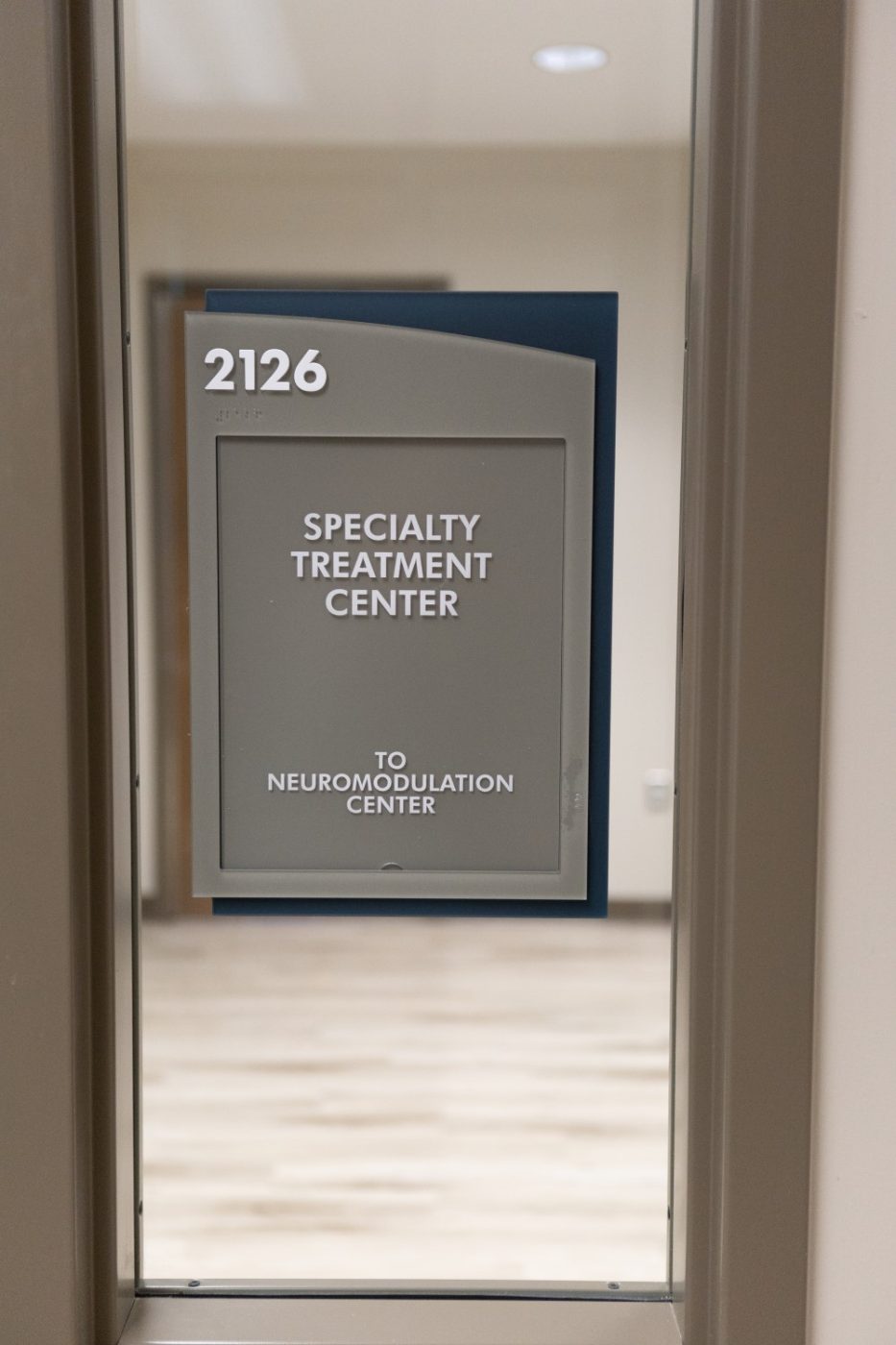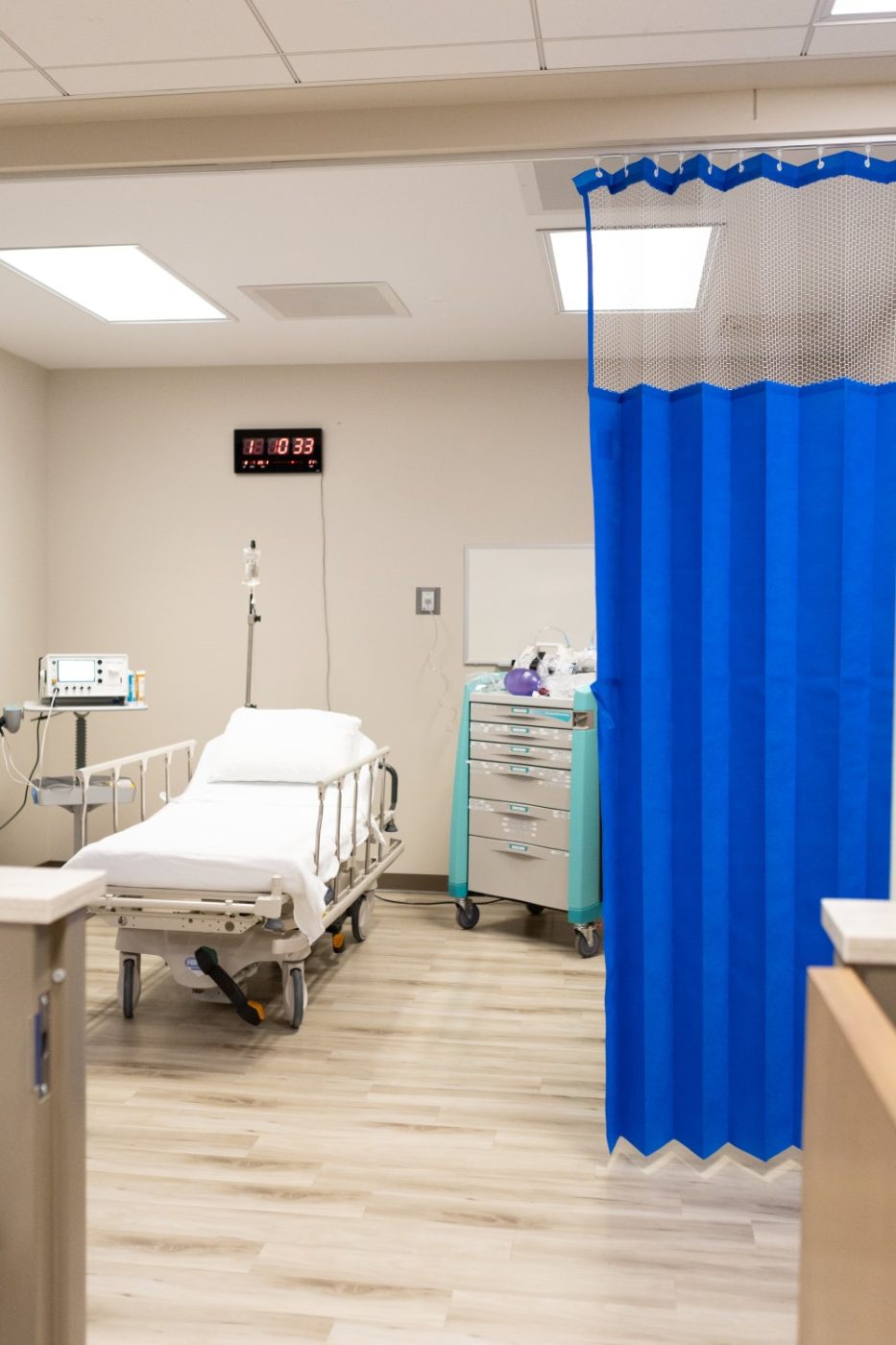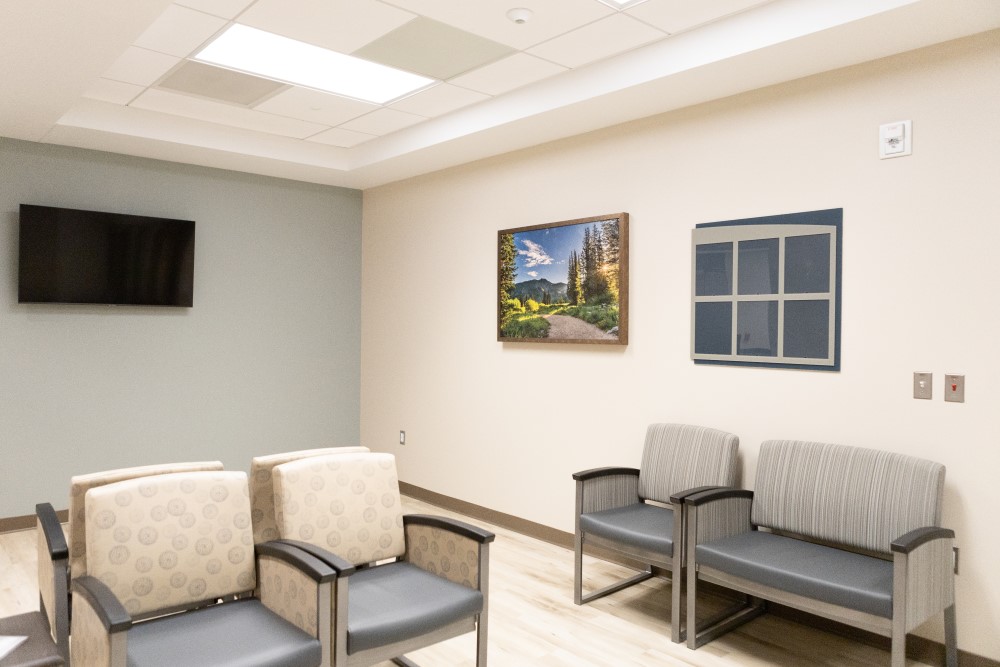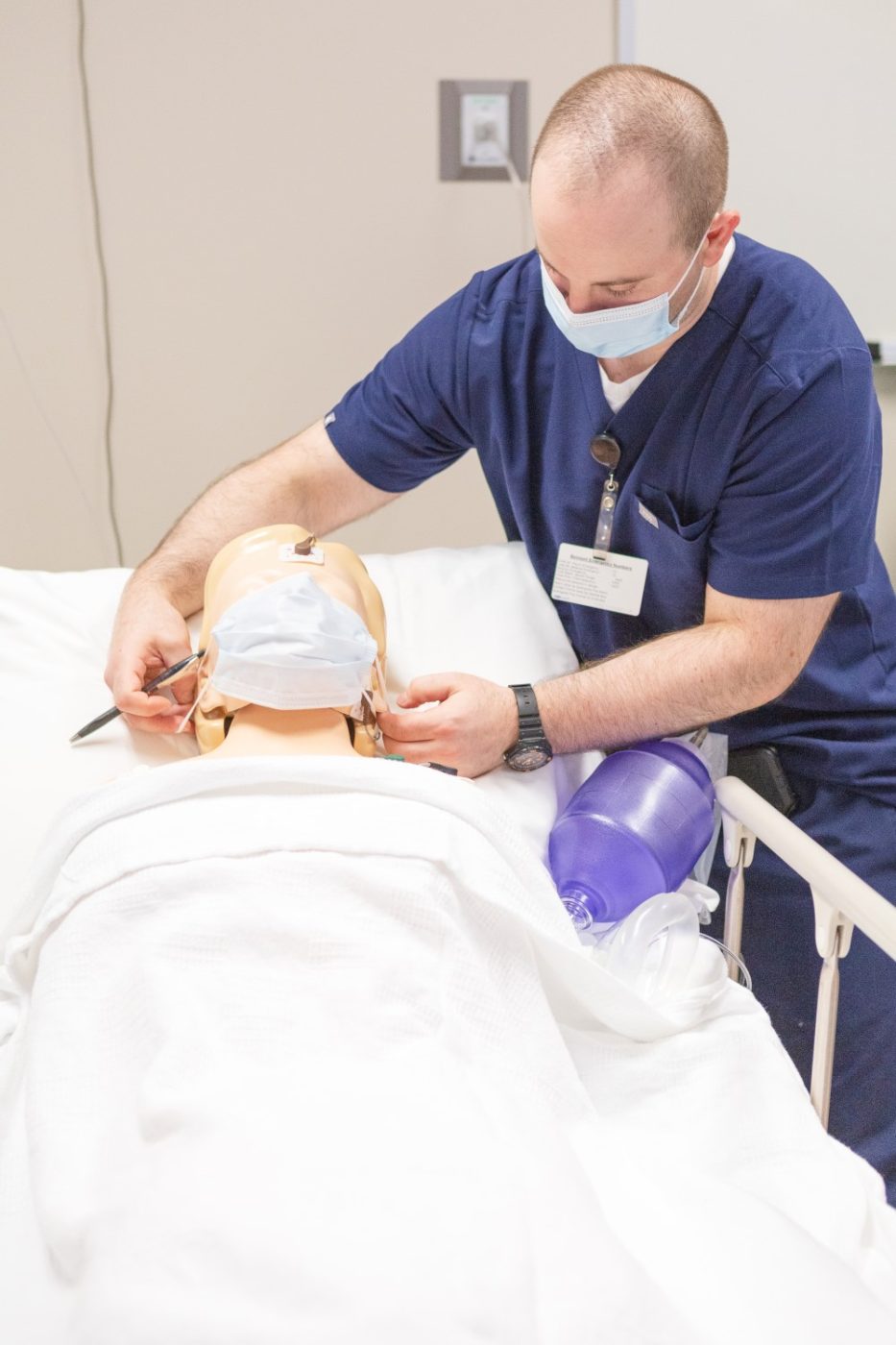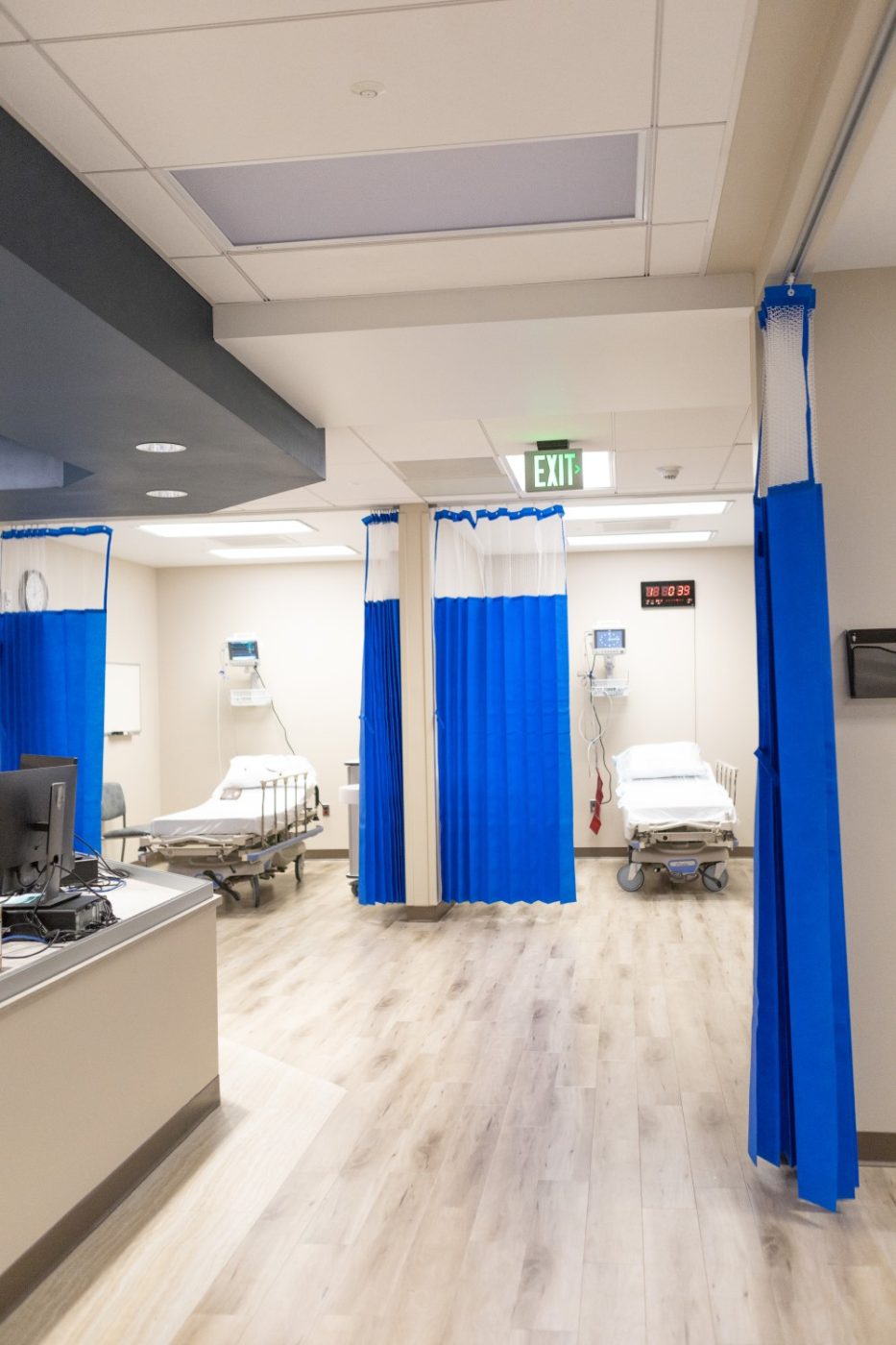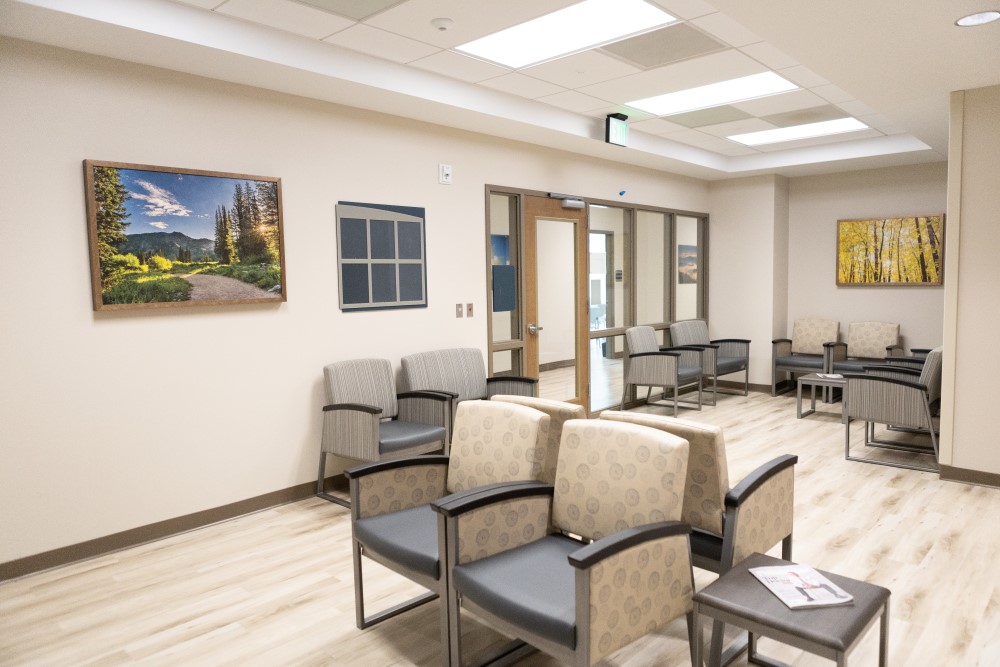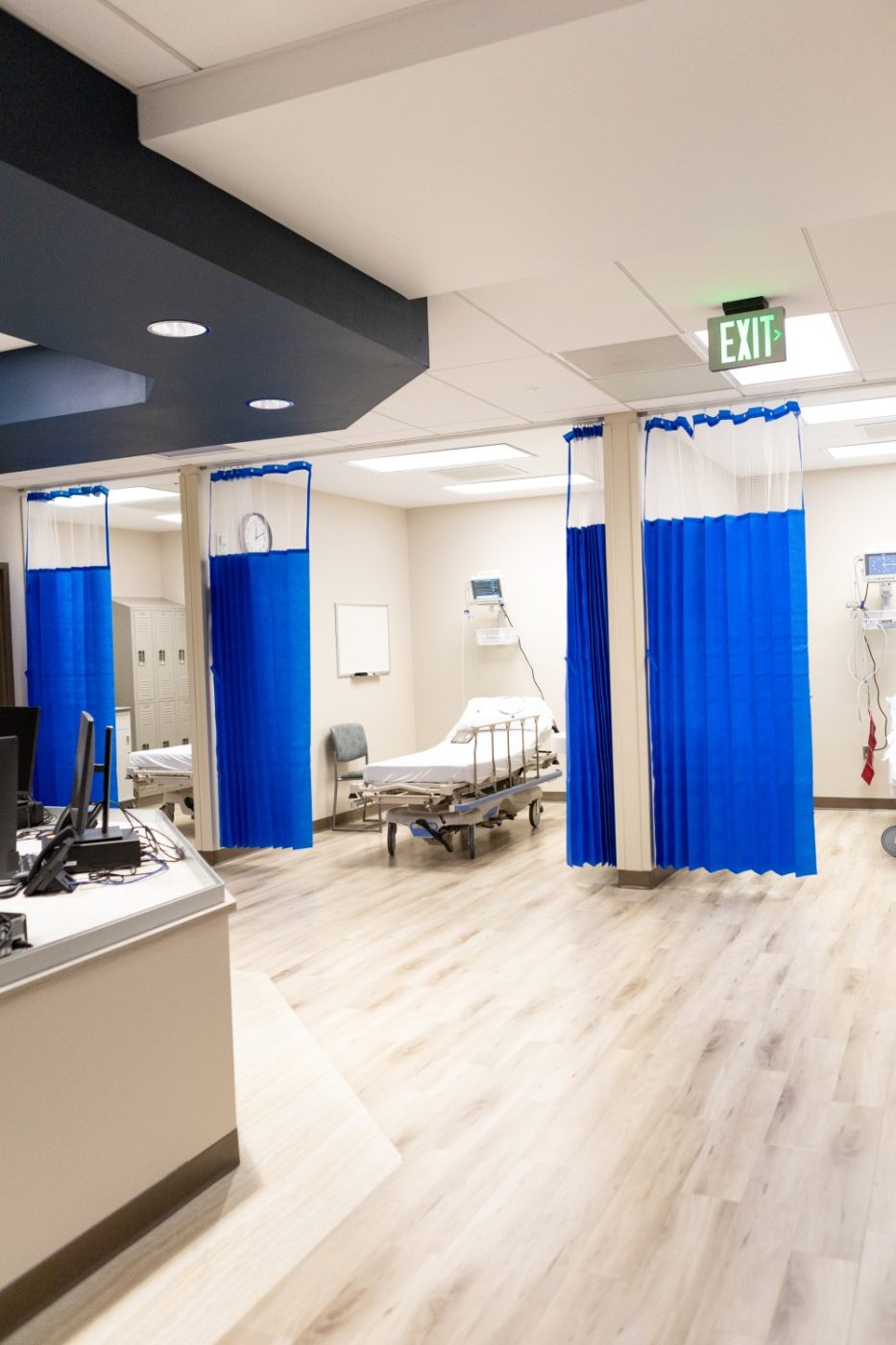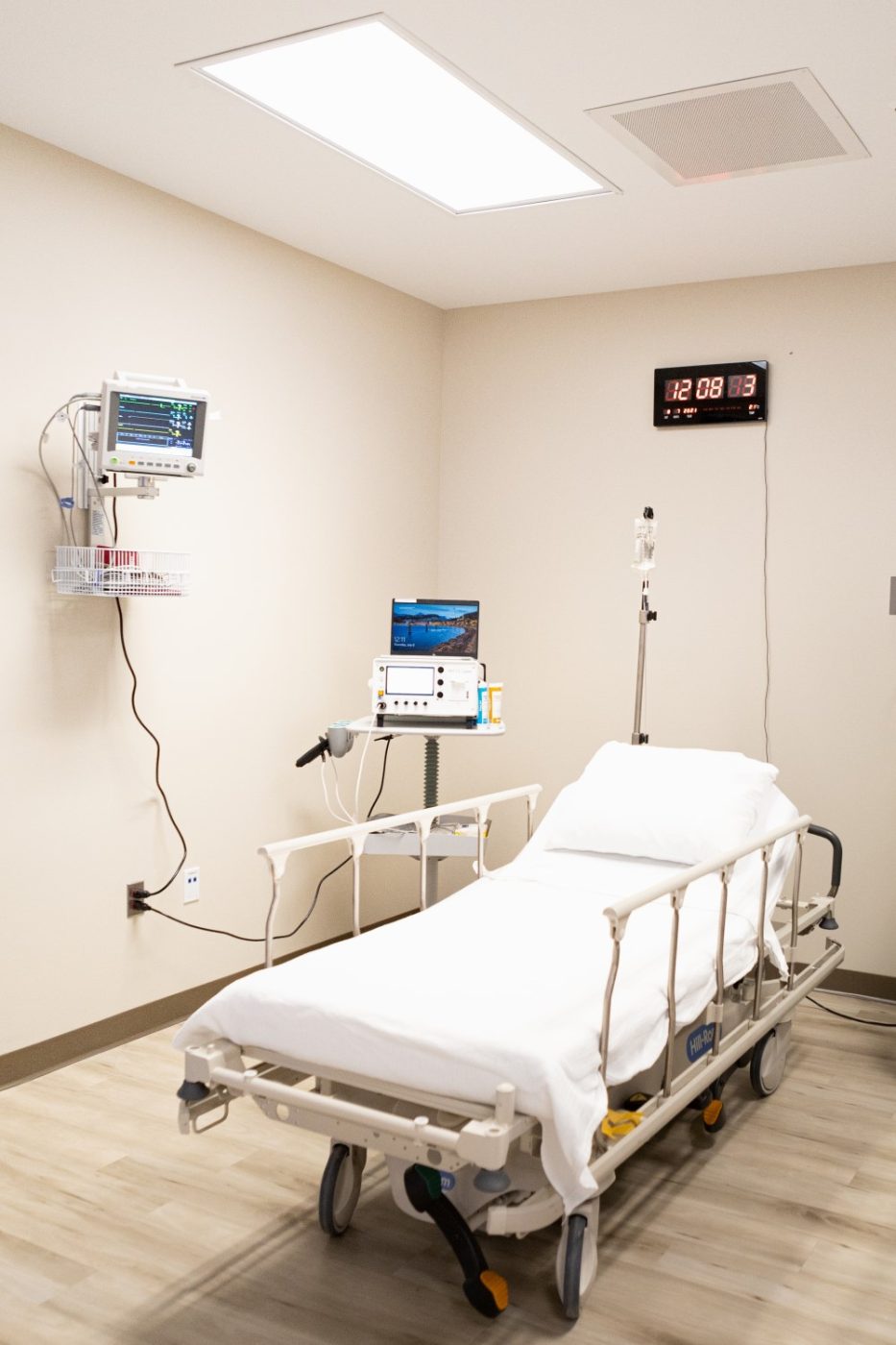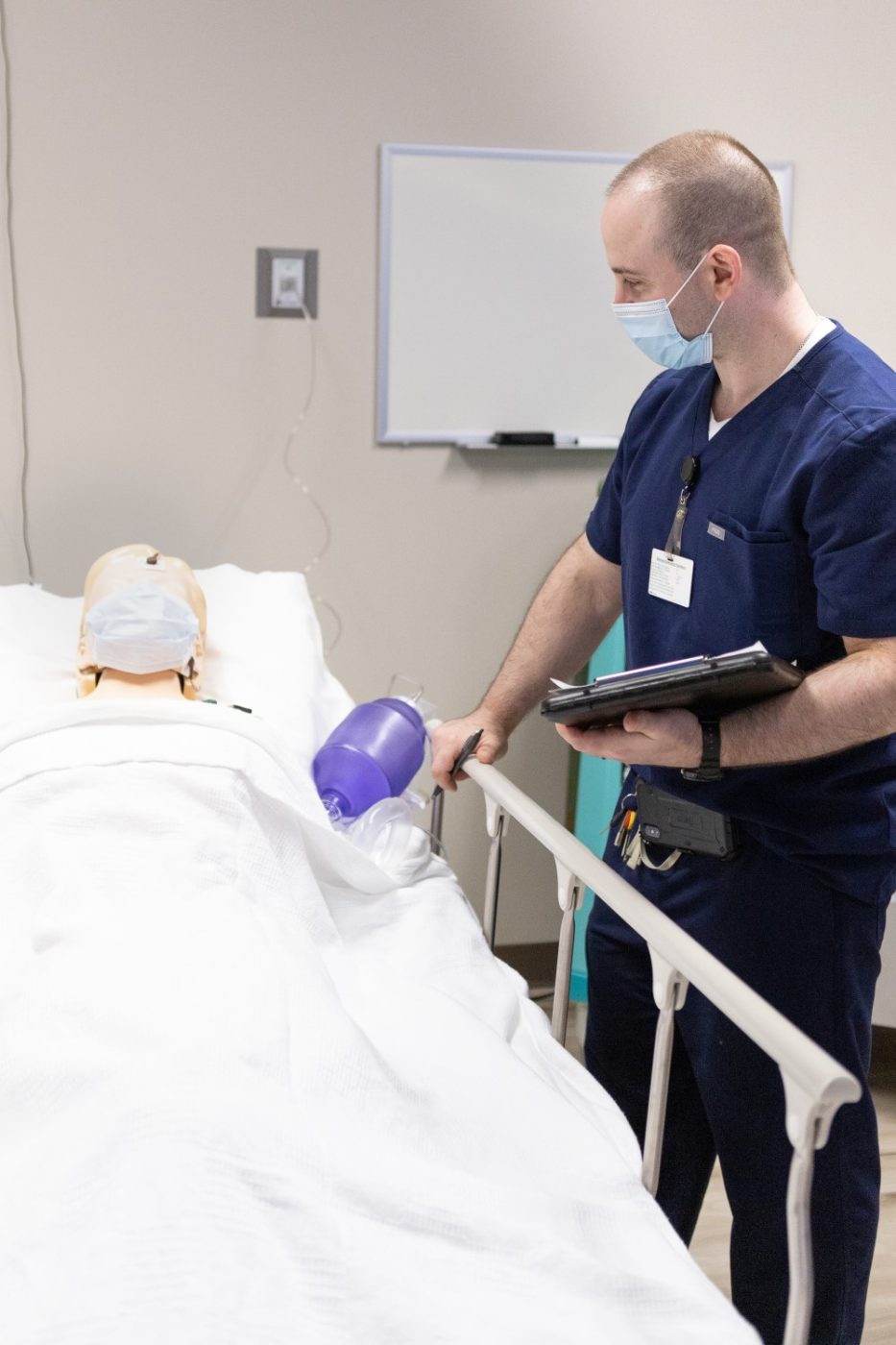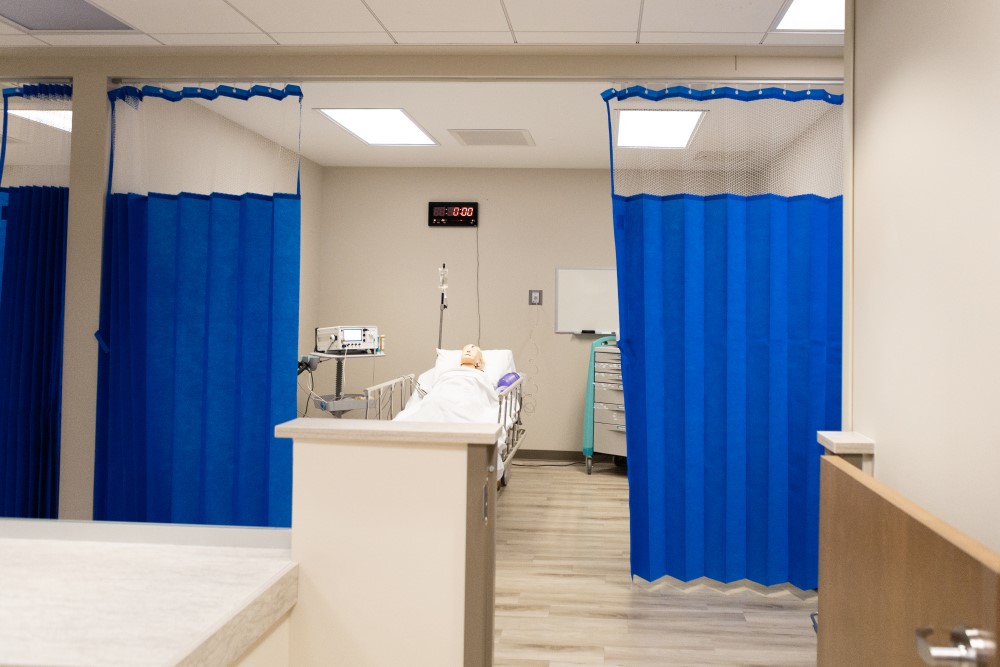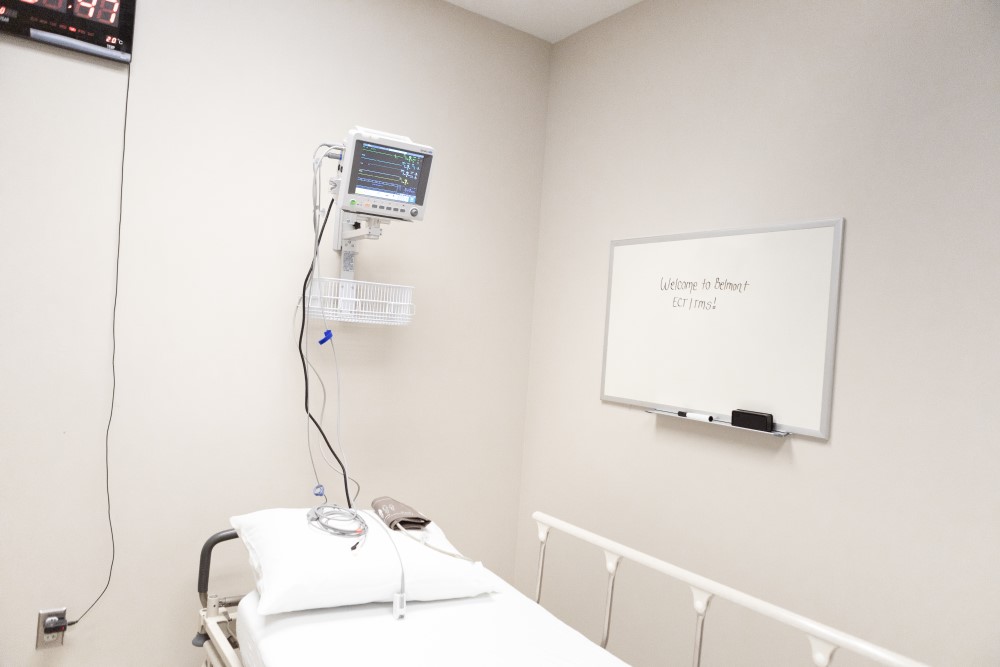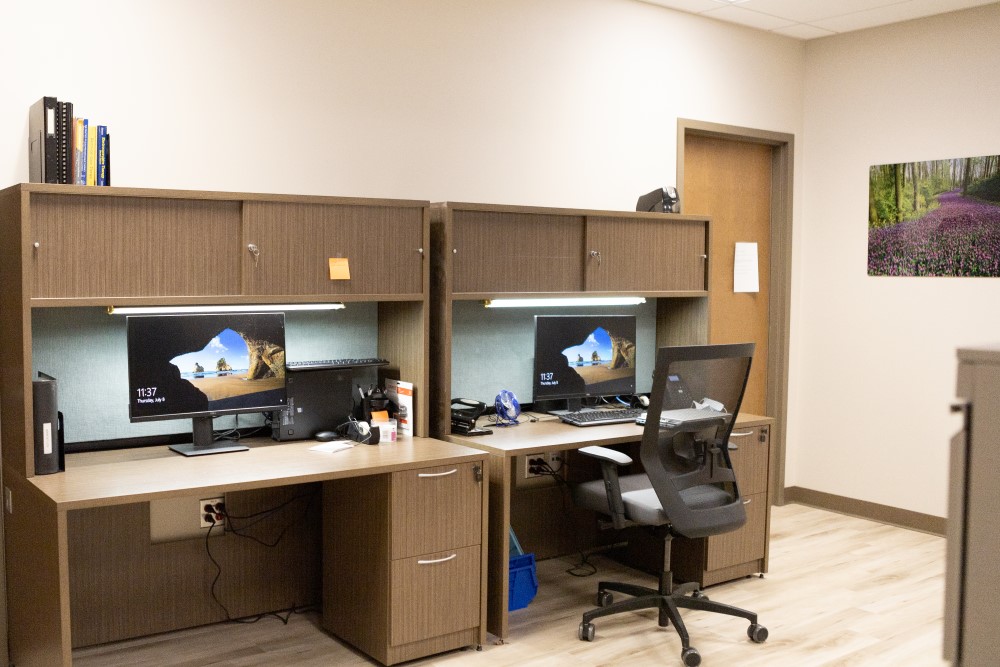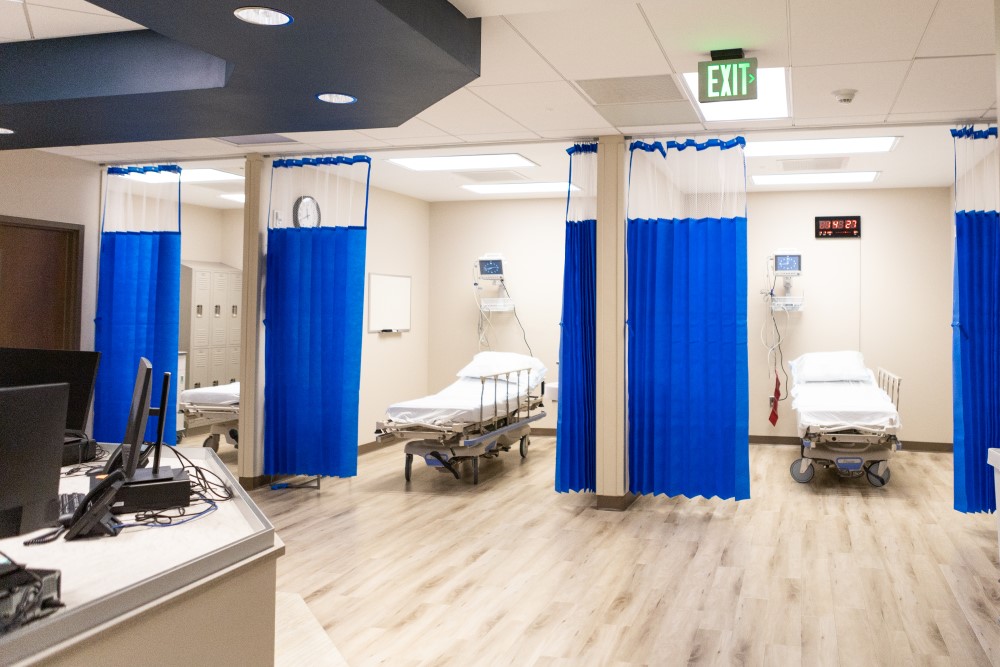Belmont Behavioral Health System offers a variety of evidence-based programming and treatment options to ensure that each patient receives care that is comprehensive and age-appropriate.
Within our new, state-of-the-art inpatient building, we’re excited to feature a cutting-edge neuromodulation suite, which offers electroconvulsive therapy (ECT) and deep transcranial magnetic stimulation (DTMS) at both the inpatient and outpatient levels of care.
Electroconvulsive Therapy Overview
Electroconvulsive therapy (ECT) is a safe and effective procedure that is most commonly used for patients who are struggling with depression. Though most often used to treat severe depression that hasn’t responded to medications, ECT can also be used in some cases of treatment-resistant bipolar disorder, schizophrenia, and more.
ECT continues to be the most effective treatment for severe depression. The effectiveness of ECT on depression, bipolar disorder, schizophrenia, and other mental health conditions is supported by the American Psychiatric Association, the American Medical Association, and the National Institute of Mental Health.
ECT is performed under general anesthesia and involves the use of small electric currents that produce a brief seizure. Patients are asleep during the process, which lasts for just a few minutes, and are closely monitored by our staff of experts during and after the procedure. You’ll be able to relax in our recovery suite for an additional 20-25 minutes after ECT, ensuring that your heart rate and breathing patterns return to normal.
An acute course of electroconvulsive therapy usually involves two to three treatments per week, for a total of approximately six to 12 treatments. Following a successful acute course of electroconvulsive therapy, you may receive maintenance ECT, which involves less frequent treatments over an extended period of time and can be done on an outpatient basis. You must be under the care of an outpatient psychiatrist to receive outpatient ECT.
Electroconvulsive Therapy Process
There is a simple, three-step process a patient must go through to begin electroconvulsive therapy (ECT).
- Ask for a referral. To receive ECT at Belmont Behavioral Health System, each patient must have a physician referral.
- Receive a prescreening evaluation. Even after presenting a physician referral, you will undergo a thorough evaluation to determine whether ECT is an appropriate therapy for your current needs. Certain medical conditions may impact treatment planning or prohibit use of ECT altogether. If there are any concerns, we will discuss these with you and your referring physician before moving forward.
- Begin ECT. If your evaluation shows us that you’re a good candidate to benefit from ECT, our psychiatrist will formulate a personalized treatment plan that is based on your needs, strengths, and goals and allows you to get the most out of this form of therapy.
Common Misconceptions About Electroconvulsive Therapy
Electroconvulsive therapy (ECT) has been around in the United States since prior to World War II. It was first used to treat a variety of neurological disorders and severe psychotic disorders in 1940, and refinements in the process over the ensuing decades have helped to improve recovery time, reduce side effects, and make the procedure more comfortable for patients.
Despite its history, ECT continues to be surrounded by a number of myths.
Myth: ECT is similar to the therapies used in “One Flew Over the Cuckoo’s Nest.”
ECT is considerably different from how it is often depicted in popular culture. Patients are under general anesthesia and given all the same medical comfort and support they would receive in any other medical procedure. Patients are continuously monitored for side effects and other possible risks, and they are asleep for the entirety of the procedure.
Myth: ECT is a miracle cure.
While ECT is a revolutionary therapy, it is not a miracle cure. Though most patients see significant improvement, it’s still possible to relapse or experience a worsening of symptoms. We often discuss maintenance treatments, continuing care options, and alternatives with our patients.
Myth: There is a high risk of injury during a seizure.
Patients are in a medically controlled environment throughout the procedure. During ECT, patients are lying down and closely monitored by our medical staff. Though there is a limited risk of shoulder dislocation or tongue biting, most patients barely move during the treatment, and a variety of precautions are in place to eliminate those risks. Muscle relaxers and mouthguards are among the tools we use to help mitigate the risk of muscle contractions during ECT.
Myth: There is a high risk of permanent brain damage.
This is perhaps the most common concern ECT patients have. While a seizure is being induced, there is no evidence that patients suffer any type of structural brain damage. Some patients do experience temporary memory loss, but this is typically resolved after a few months.
Deep Transcranial Magnetic Stimulation Overview
As of 7/1/24 we are no longer taking referrals for DTMS, we hope to re-open DTMS services in 2025
Deep transcranial magnetic stimulation (DTMS) is a procedure that creates magnetic fields to stimulate nerve cells in the brain. This is used to help patients who are struggling with major depressive disorder, often leading to higher response and remission rates than among those who do not undergo DTMS.
Unlike ECT, DTMS does not require anesthesia. Patients are awake and alert throughout the procedure.
Traditional TMS therapy typically takes about 40 minutes per session, and patients may participate in the program for approximately six weeks. At Belmont Behavioral Health System, we feature a Brainsway DTMS treatment program. This type of treatment only lasts for 20 minutes, and patients often spend as little as four weeks participating in the procedure.
During the DTMS process, patients can engage with our staff of professionals, asking questions or simply participating in conversation. We also offer televisions that allow patients to watch a series of positive images on the screen, providing additional comfort and relaxation.
Who We Treat
We primarily treat adults age 18 and older in our Neuromodulation suite, though we also treat select child and adolescent patients (age 14+) in certain cases after careful discussion, consideration, and collaboration with their referring child and adolescent psychiatrist, our ECT physicians, and our Division Chief of Child and Adolescent Services.
Patients in our inpatient and outpatient programs may participate in ECT and DTMS. Whether you’re receiving care on an inpatient or outpatient basis, you’ll work with a highly trained and motivated team that may include board-certified physicians, registered nurses, nurse anesthetists, and more.

